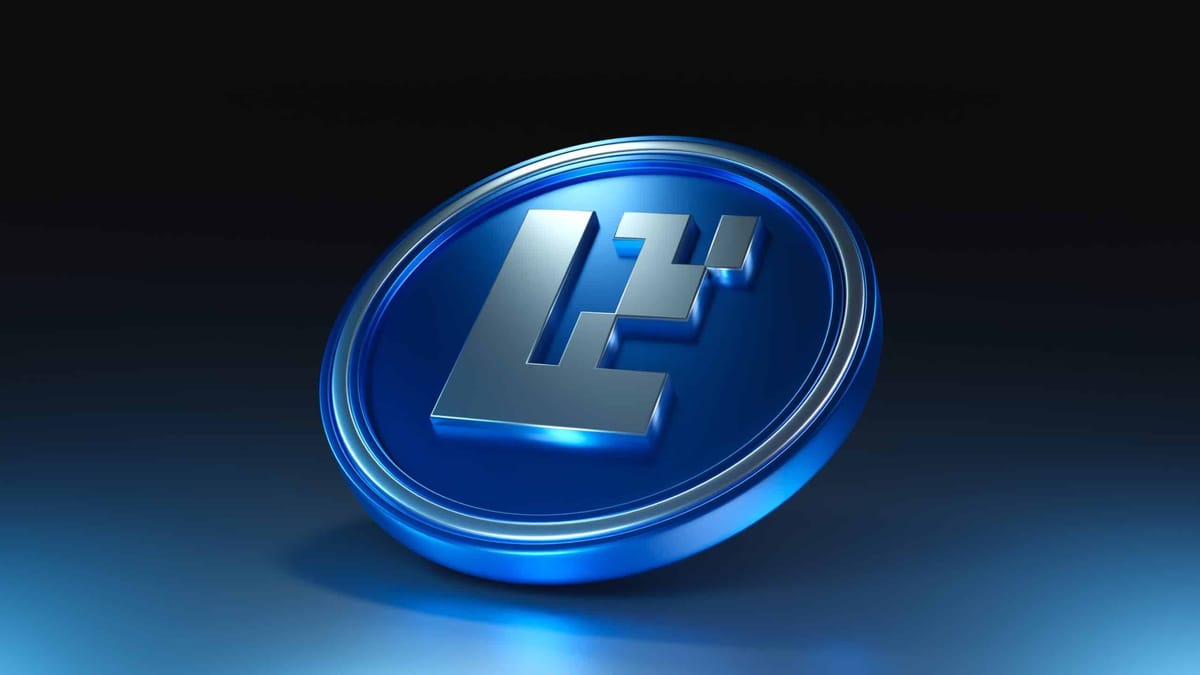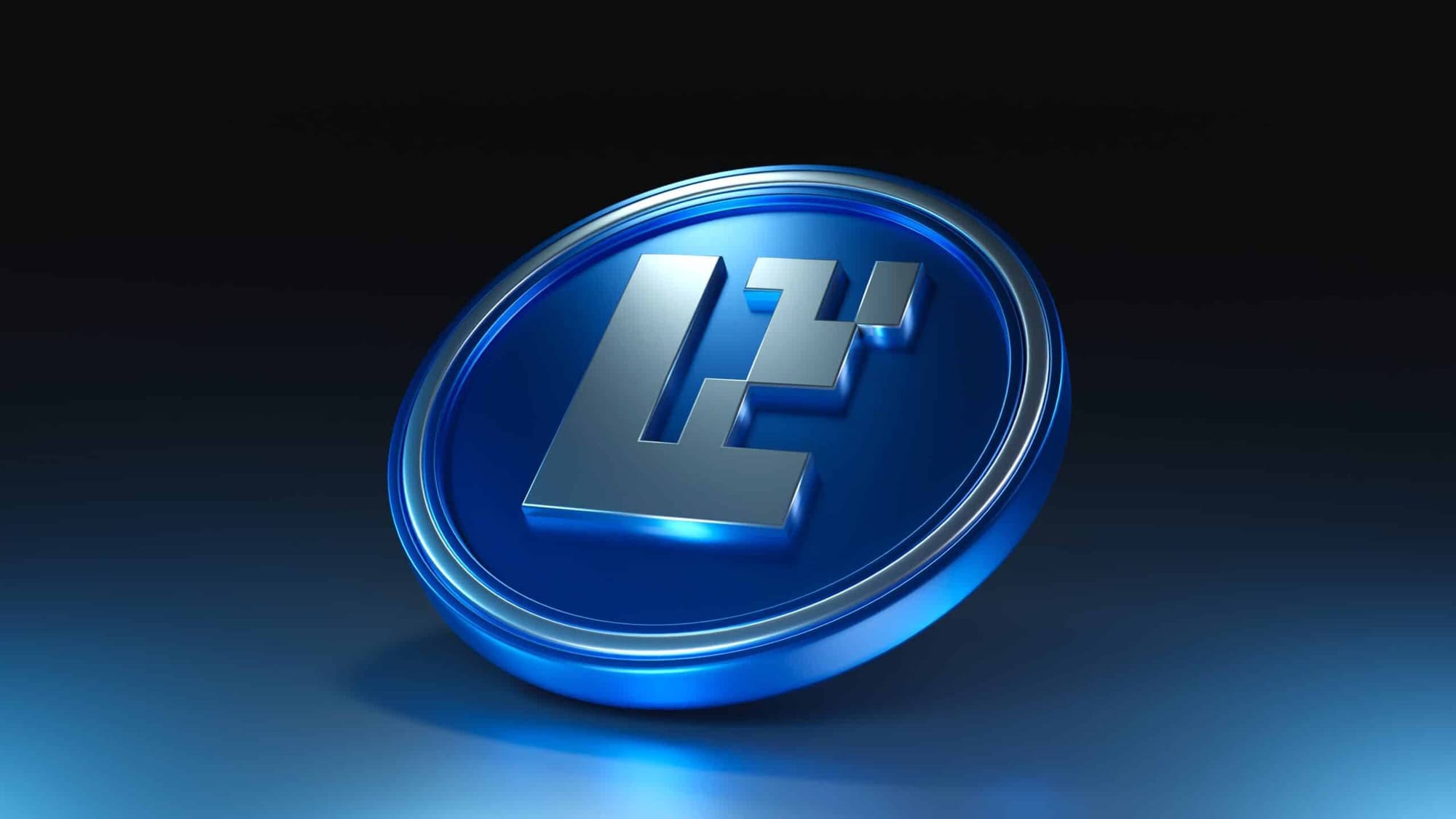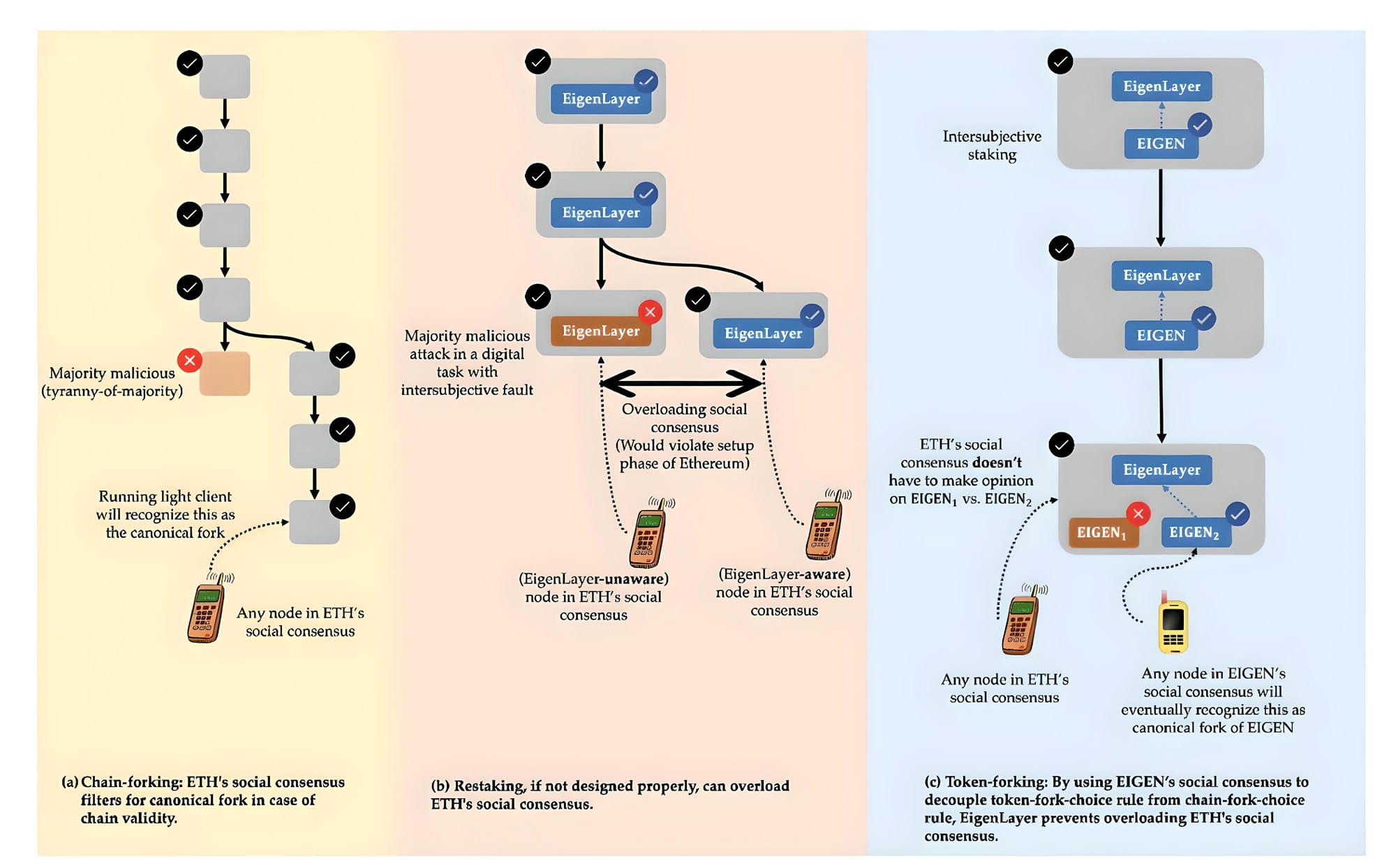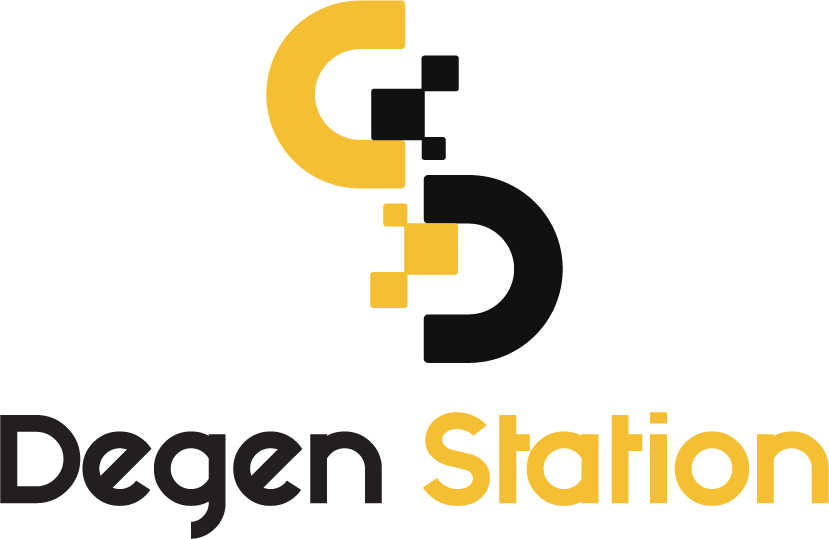EigenLayer Introduces Intersubjective Staking/Forking

EigenLayer has recently unveiled a new concept called "Intersubjective Staking/Forking" alongside its much-discussed token launch. This article delves into the intricacies of this novel concept.

Overview
Before diving into the core concept of Intersubjective Staking/Forking, it's beneficial to revisit some fundamental blockchain validation concepts:
- Finality
- Attestation, Inactivity Leak
- Fork
- Slashing
The Challenge
EigenLayer aims to address the challenge of handling validation tasks without overburdening the Ethereum network. This issue, also discussed by Vitalik Buterin in his blog "Don't overload the consensus," is particularly relevant for EigenLayer as it focuses on "Intersubjective" tasks.
Intersubjective Tasks: These tasks are influenced by external environments and are not directly related to Ethereum's Layer-1 consensus. Examples include specialized AVS for Data Availability (DA) or Oracle tasks.
Objective Tasks: These are directly tied to Ethereum's core infrastructure (e.g., EVM). Validation of these tasks can be efficiently managed using the existing Layer-1 consensus or even restaking models.

In summary, there are two types of tasks requiring validation:
- Objective: Related to Ethereum's internal structure.
- Intersubjective: Related to external units beyond Ethereum's core network.
What is Intersubjective Staking?
Intersubjective tasks can impose a significant burden on the Ethereum network if all nodes are required to participate in the consensus process. To address this, EigenLayer proposes a new validation mechanism centered around the EIGEN token. Nodes must stake EIGEN to participate in deciding which chain is valid, focusing on local chains for external tasks without impacting Ethereum's Layer-1 consensus.

Intersubjective Staking involves staking EIGEN to contribute to the governance of these local chains.
Two Phases of Intersubjective Staking
Intersubjective Staking involves two distinct phases to validate these tasks:
- Setup Phase: Blockchains, DA networks, and Rollups establish clear validation dispute protocols.
- Execution Phase: Nodes in these local networks validate activities based on pre-established rules.
Intersubjective Forking Mechanism
Intersubjective Forking introduces two types of tokens: EIGEN and bEIGEN, designed to address specific challenges in the validation of Intersubjective tasks.
Why Two Tokens?
- Reuse in Different Environments: Traditional models limit EIGEN's application to a single network and specific applications.
- Fork Chain Selection: Smart contracts holding tokens from a fraudulent chain struggle to identify and switch to the correct chain post-fork.
- Other Issues: Deployment costs and economic incentives for AVS to compare results in fraud scenarios.

Token Models:
bEIGEN: Represents the Intersubjective Staking version and tracks chain fork activities. Post-fork, bEIGEN serves as a placeholder allowing users to redeem the correct EIGEN token from the valid chain.
EIGEN: Remains unaware of fork activities and is used in DeFi protocols (e.g., lending, AMM swap). It's called the "Universal Intersubjective Work Token" and can be redeemed for the correct chain post-fork.
An Isolation Layer mediates between these token versions, handling redemption processes and ensuring EIGEN's continued usability in DApps without immediate chain switch concerns.
Conclusion
This article outlines the complex yet innovative concepts introduced by EigenLayer with Intersubjective Staking/Forking. The discussion highlights how these mechanisms aim to streamline validation processes for external tasks without burdening Ethereum's Layer-1 network, paving the way for future innovations in the restaking and blockchain validation landscape.





